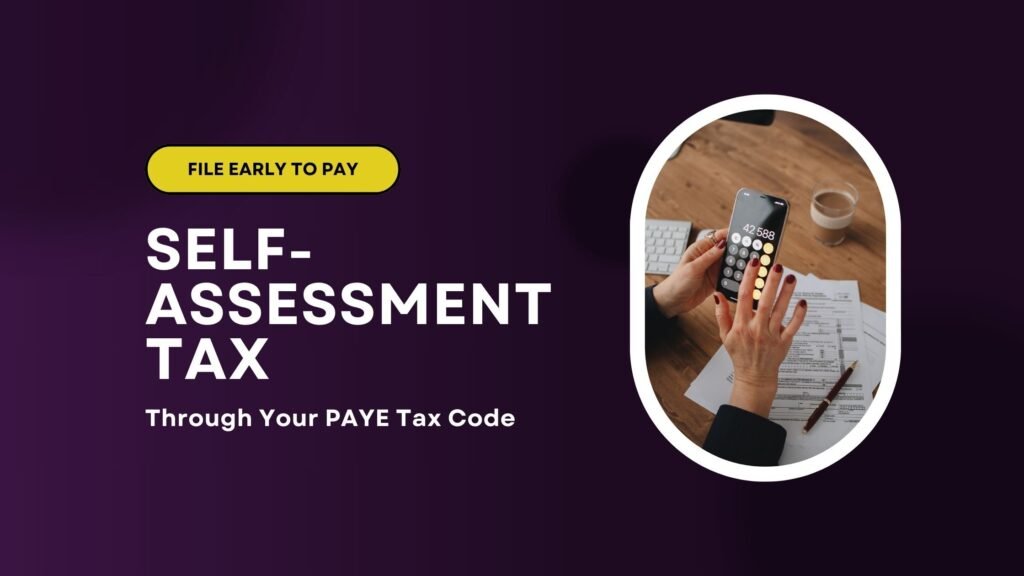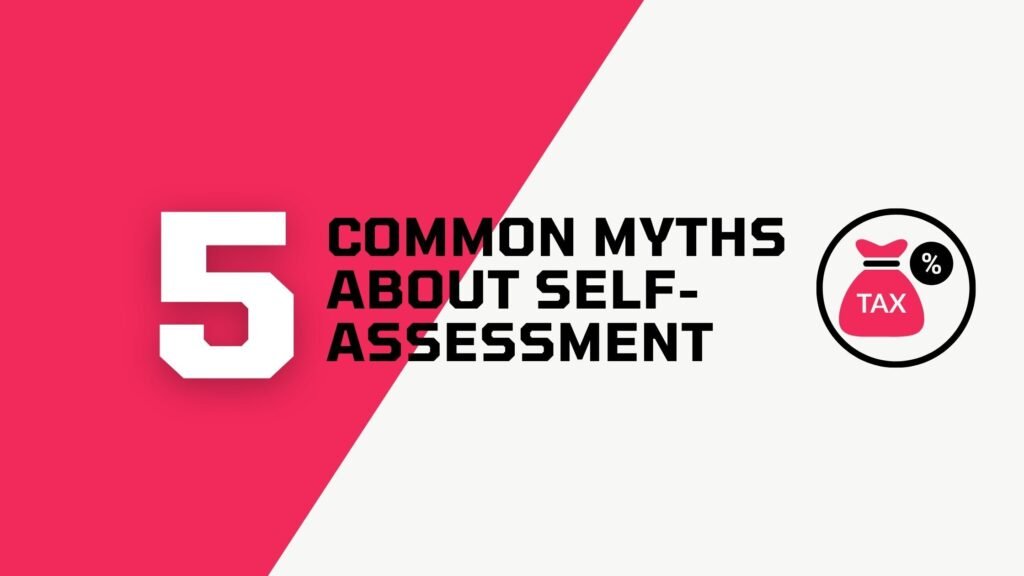Understanding UK liquidation costs in 2025 is important for any company planning to close. The cost to liquidate a limited company depends on your financial position and the type of liquidation. Some directors want to close a solvent business using MVL. Others need to shut down an insolvent company through CVL or compulsory liquidation. Each option comes with different fees. Here is a clear breakdown of what business owners should expect to pay when liquidating a company in the UK.
What Determines the Cost of Liquidation?
Many factors affect the cost of liquidating a limited company in the UK, including the company’s size, number of creditors, type of liquidation and how much work the insolvency practitioner needs to do. Here are the main things that can increase or reduce the total cost:
1. Company size and complexity: Larger firms or those with many creditors usually face higher fees. More time is needed to handle paperwork, assets, and debts.
2. Number of creditors: A company with dozens of unpaid creditors will take longer to close than one with a few. Communicating with each one and managing disputes takes time.
3. Type of liquidation: Solvent companies use MVL, while insolvent ones go through CVL or compulsory liquidation. Each has different processes and costs.
4. Insolvency practitioner fees: A licensed insolvency practitioner is required to manage the liquidation process. Their fees depend on the work involved, the type of liquidation, and how many assets or liabilities exist.
5. Asset value: If a company owns property, stock, or equipment, more time will be needed to sell these, which increases costs.
Creditors’ Voluntary Liquidation (CVL) Costs
CVL is used when a company can’t pay its debts and the directors choose to close it voluntarily. The typical cost of a Creditors’ Voluntary Liquidation in 2025 is between £3,000 and £6,000 plus VAT.
What the fee covers
- Handling asset sales
- Communicating with creditors
- Filing legal paperwork
- Advertising in The Gazette
- Reporting to Companies House
Who pays the fees
The company pays first, using money raised from selling assets. If not enough funds are available, directors may have to cover the shortfall personally.
Can you use director redundancy pay?
Yes. Many directors qualify for redundancy pay, which averages £12,000. This money can be used to pay liquidation fees if you meet the criteria. It’s a legal and common option.
Members’ Voluntary Liquidation (MVL) Costs
MVL is for companies that can pay their debts. Directors choose this route to release profits and close the company in a tax-efficient way. In 2025, most Members’ Voluntary Liquidations cost between £995 and £4,000 plus VAT, depending on the case.
Why MVL is cheaper
Since the company is solvent, fewer risks and legal checks are involved. This means less work for the insolvency expert.
What costs are included
- Statutory declarations
- Final accounts and tax clearance
- Legal notices and filings
- Insolvency practitioner’s fee
Does MVL qualify for tax relief?
Yes. MVL can be tax-efficient because of Business Asset Disposal Relief (formerly Entrepreneurs’ Relief). If you qualify, your Capital Gains Tax rate drops to 10%, which helps save money on profits withdrawn from the company.
Compulsory Liquidation Costs
This type of liquidation is forced through the courts, often by a creditor who wants to recover unpaid debts.
Breakdown of typical costs
- Court petition fee: £280
- Official Receiver’s deposit: £1,600
- Legal fees: £500–£800
- Liquidator’s fees: £1,500–£3,000
The creditor filing the petition pays first. They try to recover the money from the company’s assets. If the company has no money or assets, the creditor may not get their costs back. Compulsory liquidation is often more expensive in the long run. It also brings more scrutiny. Directors may be investigated, especially if the company traded while insolvent.
Other costs involved in liquidation
- Staff redundancy: Staff must be paid legally correct redundancy amounts. This is handled by the insolvency practitioner.
- Unpaid taxes: Any unpaid corporation tax, VAT or PAYE must be added to the total company debt. HMRC is treated as a creditor during liquidation.
- Legal and accounting support: If there are disputes over assets or debts, you may need help from a solicitor or accountant
- Advertising in The Gazette: The insolvency practitioner must publish legal notices in The Gazette. These notices have a fee and are required by law.
- Statutory bond and small fees: The insolvency practitioner must take out a bond to protect creditors. There may also be small charges like search fees, which are added to the total cost.
How to Reduce the Cost of Liquidation Legally
Pick the right liquidation method
If your company is still solvent, MVL is usually cheaper. Insolvent companies should avoid compulsory liquidation and choose CVL instead. It’s quicker and gives you more control.
Claim director redundancy
If you’ve been on payroll, you may be owed redundancy pay. Many directors use this money to cover CVL fees.
Keep your records in order
Clean financial records save time. The more organised your books are, the less the insolvency expert needs to fix and that means lower fees.
Choose the right insolvency expert
Some insolvency firms offer free advice and payment plans. Choose one with fair pricing and clear steps.
Sell assets properly
Well-planned asset sales bring in more money. More funds mean liquidation costs are easier to cover and creditors get paid faster.
Limit complexity
Try to settle any small debts or staff payments before you start liquidation. Fewer issues = faster and cheaper process.
Don’t delay paperwork
Missing deadlines adds penalties and slows down the process. Stay on top of the required forms and legal notices.
What If You Can’t Afford Liquidation?
If you’re a director who was on the company payroll, you might be able to claim redundancy pay. This is a government-backed scheme and the money can often cover most or even all of the cost of a Creditors’ Voluntary Liquidation. Some insolvency firms understand that cash flow is tight and may offer payment plans. These let you spread the cost of the liquidation over a few months rather than paying everything upfront.
If the company has no debts or assets, strike-off may be a cheaper option. It removes the company from Companies House without going through full liquidation. It’s only suitable for solvent companies, but it’s much cheaper and quicker.
Final Thoughts: Plan Ahead to Keep Costs Low
The cost to liquidate a company in the UK depends on many factors. Choosing the right method, acting early and understanding your rights, especially about director redundancy, can help reduce what you pay.
If you are unsure which option fits your situation best, book a free consultation with our expert and get clear advice on the best way to close your company.





